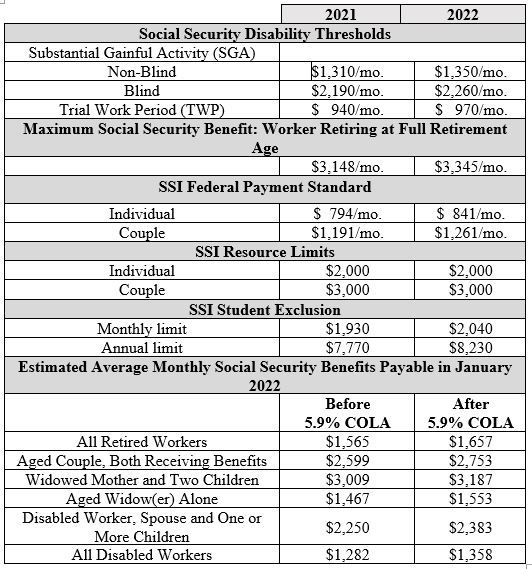Diversity, Equity and Inclusion
- Georgi Fisher

- Jan 12, 2022
- 3 min read
Updated: Jan 13, 2022
Good afternoon, SOAR Superstars! As many of you are already aware, our country and state have started the heavy lifting for long-overdue changes to dismantle systems of racism that have long been entwined in our services. As we begin discussions and implementing best practices, I frequently hear from providers that they are not sure where to start. The SAMHSA SOAR Technical Assistance Center (PRA) has developed a fantastic set of tools to help guide your transition into equitable, inclusive programming. I encourage you to review each of these tools and work with your agency to develop a plan for how you can begin to implement changes to your service delivery. We will review these tools on our SOAR monthly meetings to assist with answering questions and suggest ways to incorporate changes into your ongoing work.

Diversity, Equity and Inclusion Overview
The following resources have been created and/or revised to provide guidance and action steps that SOAR providers can implement in SOAR service delivery as well as resources that supervisors are encouraged to use to support them.
Hiring and Supervising SOAR Case Workers The SAMHSA SOAR TA Center has created a toolkit to provide helpful suggestions and key considerations when hiring and supervising SOAR case workers.
Guidance for Improving Staff Engagement: Integrating Diversity, Equity and Inclusion in SOAR work As we all do our best to address the barriers associated with racism and inequity, we must accept the discomfort that comes with the effort to learn about ourselves, learn about each other, and grow to create a psychologically safe environment in which staff can work and thrive. Here are some suggestions for improving staff engagement by integrating diversity, equity, and inclusion (DEI) into our SOAR work.
Pay Equity for Social Workers When employers recognize the value of SOAR case workers and coordinators by offering them equitable salaries, the benefits go beyond the individual case worker.
Identifying SOAR Applicants The SAMHSA SOAR TA Center is working to reduce the influence of implicit bias and encourage diversity, equity, and inclusion during the process of identifying potential applicants to assist with SOAR-assisted SSI/SSDI applications. Included are helpful tips to consider when utilizing the Identifying SOAR Applicants tool. This guidance asks you to consider how a potential applicant’s racial, ethnic, and cultural views regarding disabilities, diagnoses, symptoms, and treatment as well as their socioeconomic and homelessness status may factor into a SOAR caseworker’s decision to assist them with a SOAR-assisted SSI/SSDI application.
Medical Summary Report (MSR) Interview Guide The SAMSHA SOAR TA Center is working to reduce the influence of implicit bias and encourage diversity, equity, and inclusion (DEI) during the information gathering process for the Medical Summary Report. This guidance asks you to consider how a potential applicant’s racial, ethnic, and cultural backgrounds may impact their perceptions regarding their disabilities, diagnoses, symptoms, and treatment and to be mindful of how this may impact your opinions/feelings/attitudes towards the client’s functioning. The interviewing process can uncover very sensitive topics such as past and current trauma, thus it is important to be sensitive to influences that affect a person’s willingness and ability to provide information. How questions are asked during this process can be critical to obtaining the appropriate information.
Reducing Implicit Bias in the Medical Summary Report (MSR) It is important to reduce the influence of implicit bias by the writer and those that review MSRs for SOAR-assisted SSI/SSDI applications. Included are helpful tips that help emphasize the experience of the applicant while reducing the stereotypes and biased language that foster discrimination against applicants based on race, gender, sexual orientation, substance use disorders, and past or current involvement in the legal system.


Comments